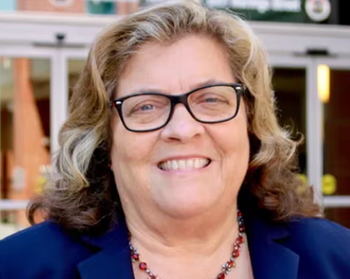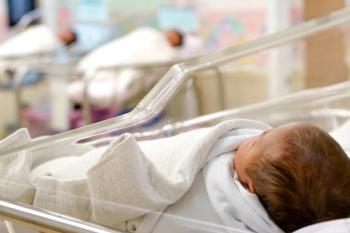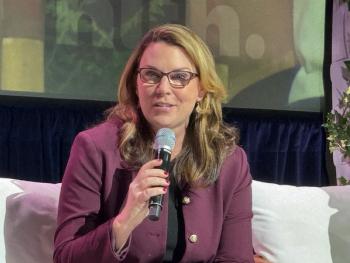
Fewer physicians report burnout, but still too many
Rates of burnout have fallen since the COVID-19 pandemic, but nearly half of all doctors say they’re struggling with burnout.
After physician burnout reached record highs during the COVID-19 pandemic, fewer doctors are reporting symptoms of burnout, according to a new study.
Still, doctors are more likely to report burnout than other workers, researchers found. And almost half of doctors are still saying they’re experiencing burnout, according to
Researchers from the American Medical Association, Mayo Clinic, University of Colorado Medicine and Stanford Medicine examined burnout rates between 2011 and 2023. They found that 45.2% of American doctors reported at least one burnout symptom in 2023, well below the peak of 62.8% in 2021.
However, the burnout rate remains above the lowest point in the years examined (38.2% in 2020).
Bruce A. Scott, MD, president of the American Medical Association, said the study indicates “welcome strides” in reducing burnout, but he says that there’s room to do better.
“Despite improvements, physician burnout levels remain much higher than other U.S. workers,” Scott said in a statement. “Continued efforts are needed across the health system to drive policy change, burden relief, workflow enhancement and technology improvement that are essential to fighting the root causes of the physician burnout crisis.”
The researchers note that physician burnout comes with consequences, as it plays a role in both the quality of care and patient satisfaction.
It’s not hard to see why doctors would be experiencing more burnout and stress. Nearly one in three doctors (31.8%) report working an average of 60 hours or more per week, compared to 5.4% of workers in other fields.
The researchers noted that Congress has directed more funds to address physician burnout, but they said lawmakers should put more aid to the problem.
In 2022, Congress approved
Other studies have found
“We know that time spent on the electronic health record is associated with burnout, and particularly when that time is spent after hours,” Rotenstein said in a February interview with Chief Healthcare Executive®.
Getting help








































